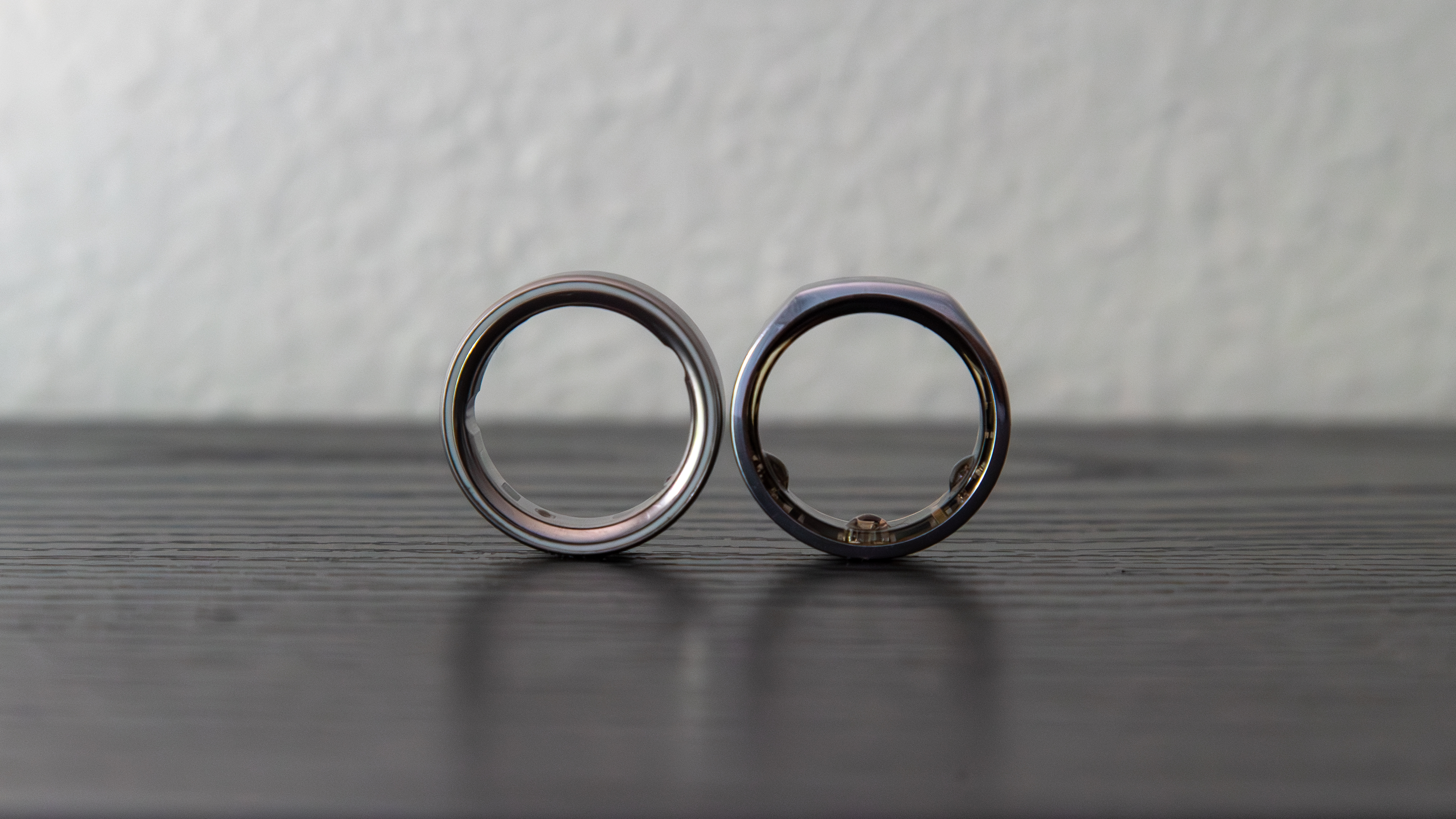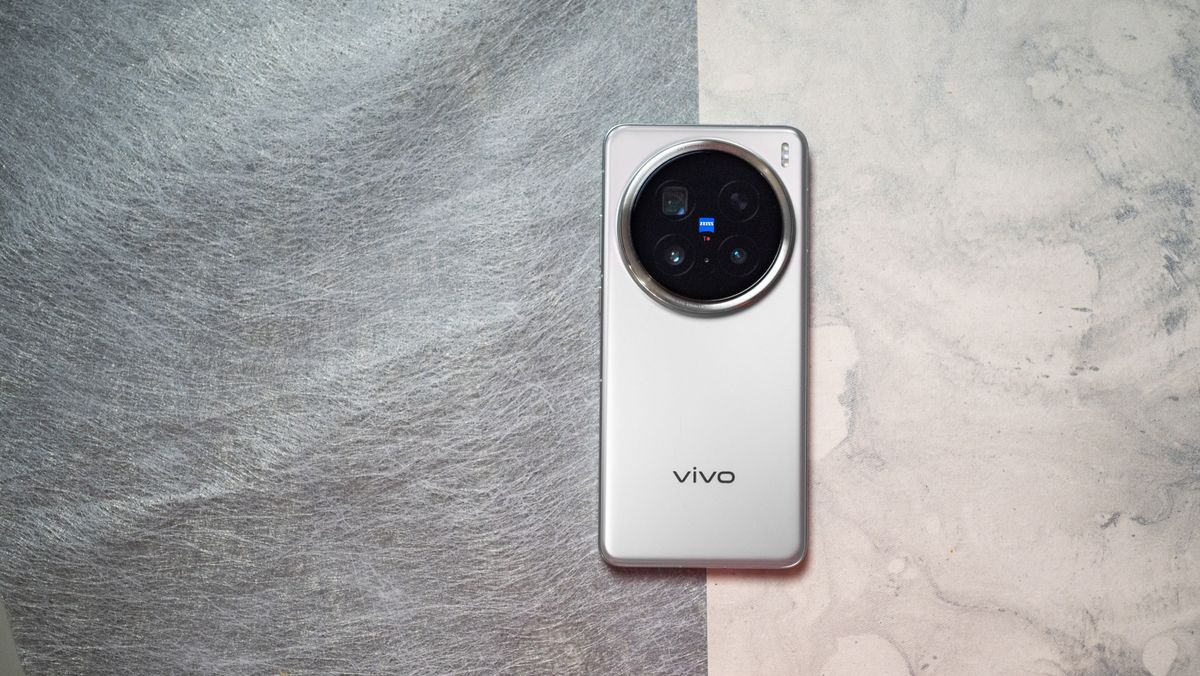Oura Ring 4 review: The lord of the smart rings

The Oura Ring 4 is the latest generation of smart ring from Finnish company, Oura, after essentially starting the new wearable trend with its Gen 3 ring, which launched in 2021. The smart ring brings a number of notable upgrades compared to its well-received predecessor, which promises to make it more accurate, more durable, and last longer. However, in the time span between models, the wearable landscape has changed quite a bit, and Oura has more to contend with.
Competition among smart rings has heated up recently, particularly in 2024, when we’ve seen follow-ups from smaller companies and new models from larger companies. This includes Samsung and Amazfit, both of whom are well-versed in smartwatches, with the hopes that their ecosystems will help drive adoption.
So, is the Oura Ring 4 still competitive in 2024, where most other options bring similar features and don’t require a subscription? After using the smart ring for a couple of week, I think it shows growth in the right places that keep it on top, but the gap may not be as wide as it once was.
Oura Ring 4: Price and availability
The Oura Ring 4 was announced on October 3 and was immediately available for preorder. It is available in stores and ships on October 15 with a starting price of $349.
The ring comes in sizes 4-15 and is available in six different colors/finishes, which vary in price. The color/price breakdown is as follows:
- Silver, Black: $349
- Brushed Silver, Stealth: $399
- Gold, Rose Gold: $499
When purchasing a new ring online, you will be sent a sizing kit at no additional cost to determine what size ring you will receive. However, you can also opt out of this if you know your size (which seem to fall in line with the previous generation).
In addition to the hardware cost, there is an additional $6 monthly subscription to the Oura Membership, which gets you access to many of the ring’s features. You can also pay for a yearly subscription at $69.
The Oura Ring 4 is FSA/HSA eligible.
| Category | Oura Ring 4 |
|---|---|
| Materials | Titanium with physical vapor deposition (PVD) coating or Diamond-like Carbon (DLC) coating (Stealth) |
| Protection | Water resistant at a depth of 100m/328ft |
| Sensors | Red, green, and infrared LEDs (heart rate, blood oxygen) |
| Row 3 – Cell 0 | Digital temperature sensor |
| Row 4 – Cell 0 | Accelerometer |
| Battery | Up to 8 days, up to 80-minute charge time |
| Connectivity | Bluetooth LE |
| Platform support | iOS (Apple Health), Android (Health Connect) |
| Dimensions | Width: 7.9mm |
| Row 9 – Cell 0 | Thickness: ~2.88mm |
| Weight | 3.3-5.2g (depending on size) |
| Sizes | 4-15 |
| Colors | Black, Brushed Silver, Gold, Silver, Rose Gold, Stealth |
Oura Ring 4: What I like

I was a fan of the design of the original Oura Ring Gen 3, which had a unique “flat top” design that made it easy to discern if it was being worn right-side-up. It later adopted a fully round design with the Horizon style rings, which is the starting point for the Oura Ring 4. But while the outside may look nearly identical to its predecessor, Oura has made some important changes to its overall design to improve durability and comfort.
First, the all-titanium design makes the ring look and feel much more durable than its predecessor, which featured a non-metallic epoxy inner surface. This time around, you can’t see any of the ring circuitry, and the only thing that’s visible are the sensors, which have also been changed. Some users may be happy to know that the three pumps lining the inside of the ring are no longer present. In fact, there are a couple of indentations on the otherwise flat inner surface between the sensors and LEDs.
I never had an issue with the protruding sensors on the Oura Ring Gen 3, but the new design feels quite comfortable to wear for extended periods, and I think anyone moving from the previous version would agree. That comfort should help maintain the ring’s all-day health tracking. In fact, Oura also says the all-titanium design improves the ring sensor pathways, which means better accuracy and fewer “gaps” in heart rate or blood oxygen readings.
My ring is the Brushed Silver option, which is the middle of the road in terms of cost. I personally don’t care for glossy finishes, so I like that Oura provides a number of options for people who like either. My Gen 3 scuffs and scratches pretty easily, but I haven’t noticed this to the same degree with the Oura Ring 4, which has so far managed to keep its pristine looks through a couple of weeks of exercises and other activities. Still, I would recommend you try to find some sort of smart ring cover if you plan to work with it, which, unfortunately, Oura doesn’t provide.

Aside from the improved design, Oura also promises better battery life with up to eight days per charge. I’ve only managed to get seven days per charge, which falls short of some competitors like the RingConn Gen 2 Smart Ring’s 12 days of battery life, but it’s nothing to snuff at. In fact, I imagine you could squeeze out more battery life depending on the features you have enabled and the amount of activity the find is monitoring. Aside from automatic detection (which I’ll get to in the next section), I would often manually record one or two workouts a day, which could run down the battery more.
The charging situation hasn’t really improved, with the ring taking as long as 80 minutes to charge, but the new metal charger looks much better than the rather cheaply designed plastic charger of the previous model.

Aside from hardware upgrade on the ring, the Oura app has also received a rather major overhaul. Instead of adding more tabs at the bottom, which was seemingly Oura’s previous M.O., the app has in-fact reduced the number of tabs to three. The result is an app that is much easier to use, with navigation that just feels more logical. The Today tab is pretty much a view of your day, including Readiness and Sleep, Resilience levels, stress graph, and more.
One of the best additions to the Today tab is the Timeline at the bottom, which automatically logs activities throughout your day (although you can also manually add activities). At the top of the Today tab, you also have shortcuts to individual metrics available in the Vitals tab. These are the metrics that dynamically change your scores in the Today tab and you can view detailed insights on each, which a mini navigation bar to easily switch between each vital reading.

Finally, there’s the My Health tab, which focuses on the more slowly-moving metrics, including Resilience, heart health, and sleep health. Like me, you’ll probably visit this tab not as frequently as the other two, but it’s a great way to see where you’re at and how you’re trending.
Oura Ring 4: Health tracking
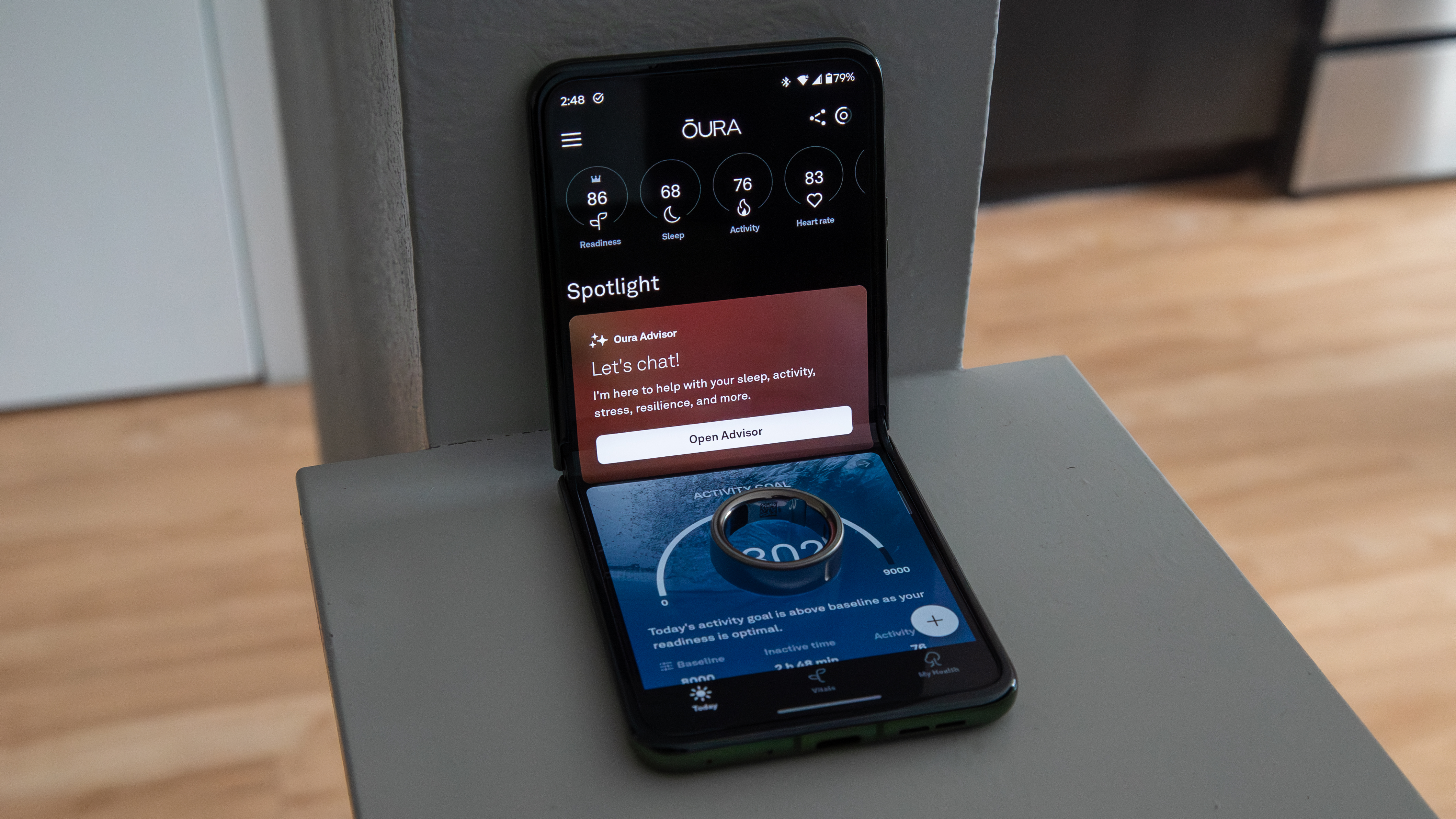
You’ll find the typical range of health tracking metrics available on the the Oura Ring 4. The device utilizes a new sensing platform dubbed Smart Sensing that optimizes the rings sensors to improve accuracy and battery life. As such, while the Oura Ring Gen 3 was still plenty accurate, this new model should prove more consistently accurate overall.
For instance, sleep tracking is one of my favorite use cases for a smart ring, as it’s much more comfortable than wearing a smartwatch to bed. The Oura Ring 4 is incredibly detailed when it comes to sleep tracking, providing details I didn’t know I needed, but ultimately, they will help me better understand how I sleep and how I can improve.

Comparing my sleep stages with my Pixel Watch 3, the results are more or less a match, with usually slightly shorter times on the ring. I’ll find that others metrics are pretty much within range and more or less match the PW3, which I find encouraging for the Oura Ring 4.
I haven’t slept all that well these past few weeks, and while I know that based on how I feel when I wake up, the ring essentially corroborates that based on my fairly middling sleep scores. As a result, the app reminds me that I should prioritize sleep this week solely based on my average scores from the previous week. It will also remind me daily that I should probably chill and take more time for recovery based on how much exercise I do.


Speaking of exercise, one of my favorite things about the Oura Ring Gen 3 was the Automatic Activity Detection (AAD), which is good enough to even detect when I’m dancing. This feature has been improved with the Oura Ring 4, with the ring automatically monitoring your heart rate when it detects you are doing an activity, which helps fill a missing piece of your daily activity metrics.
Given the rather passive nature of a smart ring, this will give you less reason to open the Oura app, knowing that it should do the work for you. As with the Ring Gen 3, AAD isn’t perfect, and sometimes it won’t know exactly what you were doing at a certain time, meaning you’ll have to manually edit the activity, but more often than not, the ring will at least detect something. That said, if you know you’re going to be doing a certain workout or activity, I find it’s best to still manually track it and let the ring fill the blanks with anything extra.
The manual selection is still limited, but you can always set it to one of the five options and change it later.

Activity tracking is particularly useful when monitoring stress, which takes heart rate, motion, temperature, and heart rate variability into account. The stress graph ranges from restored to stressed and will show when you’re in each of the four zones and what activities you were doing during certain times. The goal is to help better identify and understand stressors in your life, and the app will encourage you to reflect on these. Whether I will or not is between me and my therapist, but it’s nice to have a visual reference.

Among the new additions for Android phones is Oura Labs (but was already available for iOS users), which lets users try out experimental features ahead of their “official” release on the app. Among these is an AI-powered Oura Advisor, a sort of chatbot that aims to help you better understand your metrics and provide personalized advice on how to improve them.
From my fairly limited experience with Advisor, it feels like a conversational way to get much of the information already provided by the app. I can see how it can be useful, especially if you want to ask specific questions on ways to optimize sleep or improve resilience. In addition to the already useful nudges the Oura app provides, Advisor can ping you with notifications at least once a day to check in, which I find to be a great motivator and a way to remind you about your progress.

Meals is another new feature Android users can try out. It lets you log your meals and beverages (they’ll show up on your Timeline) by manually typing or taking a photo. The app analyzes the image or text and can guess or extrapolate the food you’re trying to log and the likely ingredients. It will use this information to help you figure out an optimal meal schedule based on your body clock, with the goal of helping reduce hunger and excessive snacking (a problem for me).
I haven’t had much time to test this feature, so I can’t speak on its usefulness, but so far, I’m impressed with its ability to guess what food I’m logging when uploading a photo. For instance, it was able to correctly guess that I was eating avocado toast with micro greens and even listed the balsamic glaze among the ingredients, which even I wouldn’t have known if it weren’t for the fact that I had the ingredients in front of me on a menu. I did have to manually add the chili flakes, but I’m excited to play with this feature more.
Of course, I would like to see this data sync with MyFitnessPal, since that’s what I use to track my macros, but there are some nutrition-based app integrations with the Oura app that users can look into.
Oura is trying its hand at AI with some impressive features like Meals, which aims to help you set a good eating schedule to aid in your daily readiness.
Step tracking for the Oura Ring 4 is still hit or miss, with the ring logging in fewer or more steps than my smartwatches, often by the hundreds. It’s not terrible, and step tracking on smart rings is getting better, but Oura says this is something it’s working on improving. For now, take step counts with a grain of salt, and you’ll likely want to rely on a smartwatch or even a fitness watch for this.
For users who experience periods, there’s also mensural tracking and the ability to help determine a fertile window for those trying to get pregnant. I personally cannot try these features, but Android Central editor-in-chief, Shruti Shekar, has done some preliminary testing of the former and has so far come out impressed:
“I plan to do more in-depth testing on the menstrual cycle tracking feature, but for now, I can absolutely say that the Oura Ring 4 is one of the best smart rings on the market right now. I got my ring just shy of four days of getting my period for the month. After installing and setting up the ring with the info that was transferred from my previous ring, the app was already able to figure out when I was about to get my period. More on the features soon.
But in general, I am so in love with this ring and the new design of the app, and I genuinely think Oura knocked it out of the ballpark.”
Oura Ring 4: What needs work
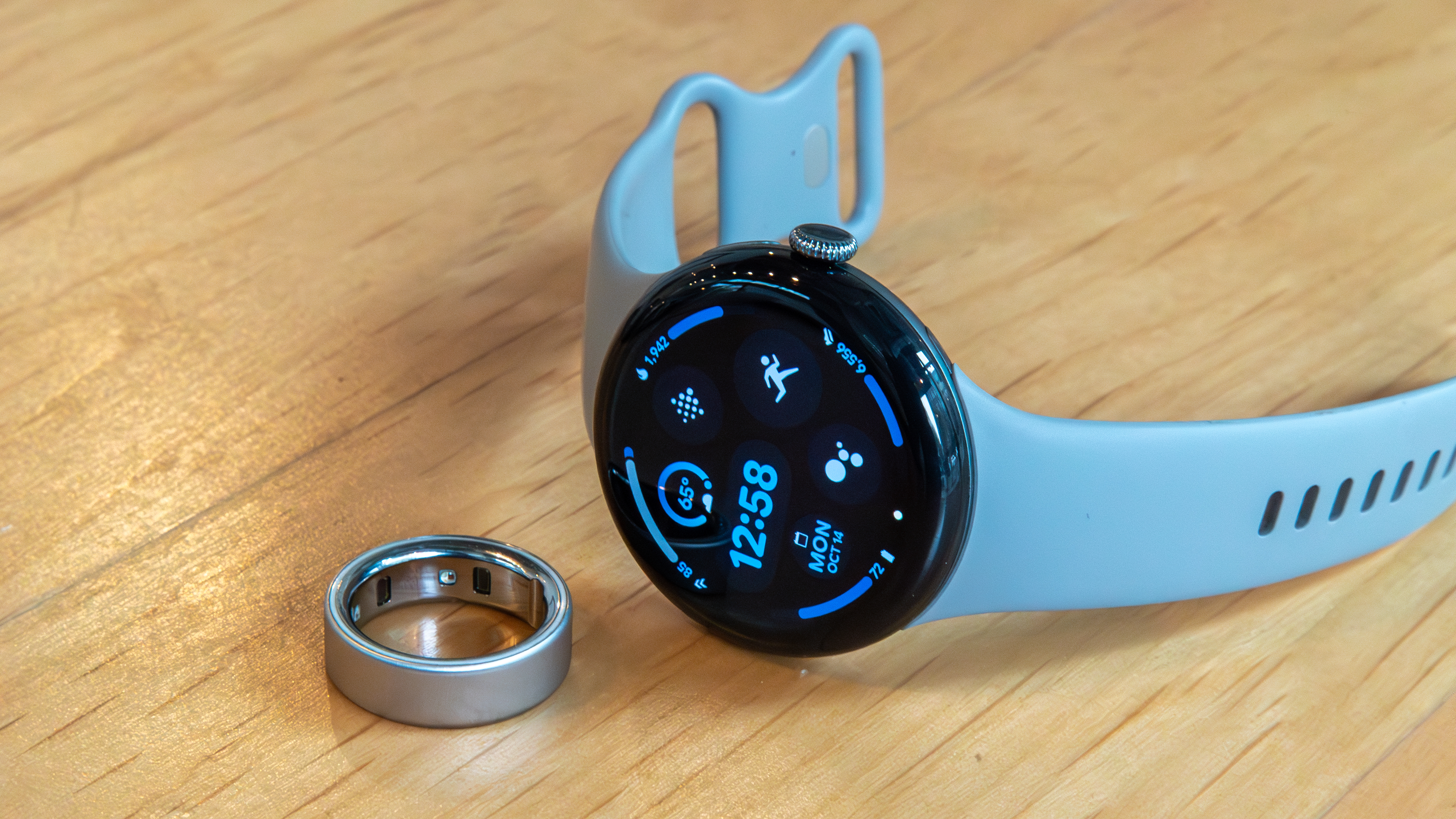
While the Oura Ring 4 isn’t the most expensive smart ring on the market (that honor goes to a certain Samsung ring), the base model now costs $50 more than its predecessor, which is just the first cost-related consideration you have to make. However, in addition to that, you also have to consider the monthly cost of the Oura Membership, which gets you access to the more useful features (and trust me, you’ll want it).
How you feel about the $5.99 subscription may vary from person to person, and while I personally don’t find it particularly offensive, I can understand why the added cost may not appeal to everyone, especially at a time when we already have to worry about everything turning into a subscription service. That said, I have friends on the membership who don’t seem to mind or really care about the cost, with one even saying he just doesn’t think about it.
It’s tempting to skip the membership, but it gets you access to the features that make the Oura Ring 4 unique. You’ll want that membership.
Feature-wise, the Oura Ring 4 comes with nearly everything I would want in a smart ring. That said, there’s no dedicated AFib detection feature like what’s on the way for the Ultrahuman Ring Air, although it can help users identify symptoms associated with it, particularly via heart rate variation. There’s also no sleep apnea detection, but again, you could use sleep-tracking details to help identify potential episodes.
One feature I would like to see come to Android is location tracking for the ring itself. I’ve lost two Gen 3 smart rings because I could not remember where I last took them off my finger, and I would hate to lose the Oura Ring 4. iPhone users already have a Find My Ring feature, which shows the ring’s last known location, and I would love to see this on Android.
Oura Ring 4: Competition

Oura’s biggest competitor at the moment is the Samsung Galaxy Ring, which relies on the popular Galaxy ecosystem to drive adoption. It’s more expensive, but there’s no subscription, and it ties in with Samsung’s Galaxy AI for insights on your health, which can be tied in with data from your Galaxy smartwatch. That said, in our experience, Samsung still has a long way to go, with unreliable sleep tracking and limited fitness tracking capabilities.
The RingConn Gen 2 Smart Ring is an impressive device with a 12-day battery life, the longest we know of on a smart ring. Its signature sleep apnea feature has the potential to be invaluable for anyone who may suffer from the condition, although it can drain the battery quickly. The ring is also slightly cheaper and without a subscription, but the insights and other details may seem pretty basic compared to Oura.
Oura Ring 4: Should you buy it?
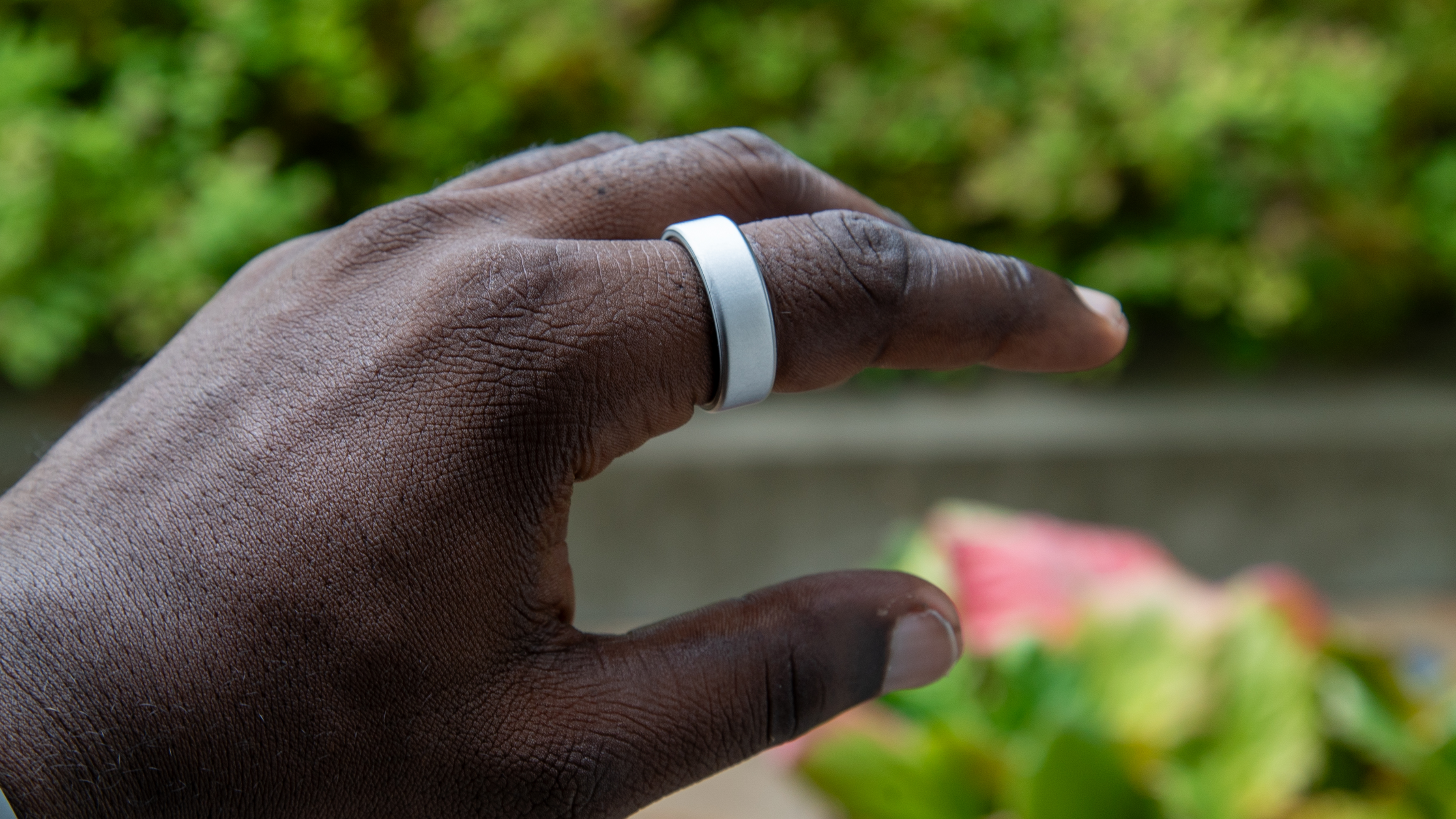
You should buy this if…
- You don’t like wearing a smartwatch to bed
- You don’t mind the $6 monthly subscription
- You want a stylish smart ring to replace or supplement your smartwatch
- You need help getting pregnant
You shouldn’t buy this if…
- You don’t want to pay for a monthly subscription
- You lose rings easily
- You own the Oura Ring Gen 3
It was hard to imagine how Oura could follow up on its already impressive Gen 3 smart ring, but the company managed to pull it off. The new design and Smart Sensing platform have taken the ring to the next level, and the Oura Ring 4 is a solid wearable that anyone should want if they’re looking to take charge of their health and wellness. It has more features and capabilities than you could imagine would come from such a small device, and knowing Oura’s track record, this is only the beginning.
No one likes the idea of paying a monthly subscription, especially if the benefits aren’t immediately and obviously clear. A streaming service is one thing, but a passive smart ring could be a hard sell for some. That said, if you can get past the $6 monthly charge to use its best features, the Oura Ring 4 is a smart ring that deserves a place on your finger.

A smart ring of power
The Oura Ring 4 builds on a strong foundation to bring some of the best health tracking on a smart ring. With an all-titanium design and new Smart Sensing technology, the Oura Ring 4 is more accurate, durable, and has a longer-lasting battery.
Source link

